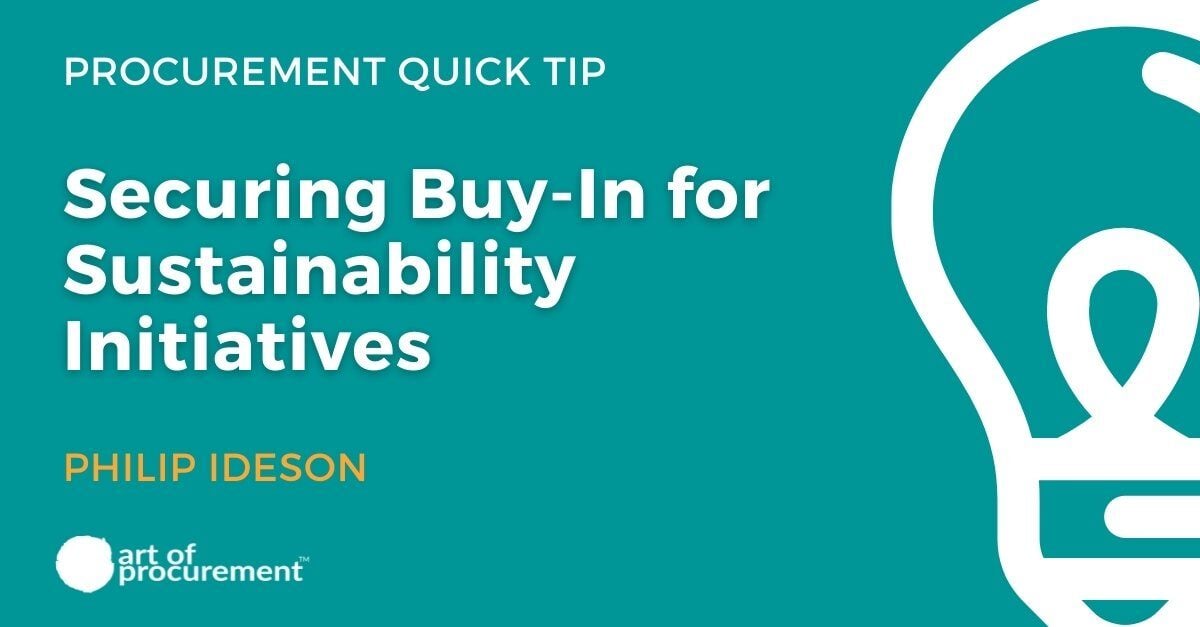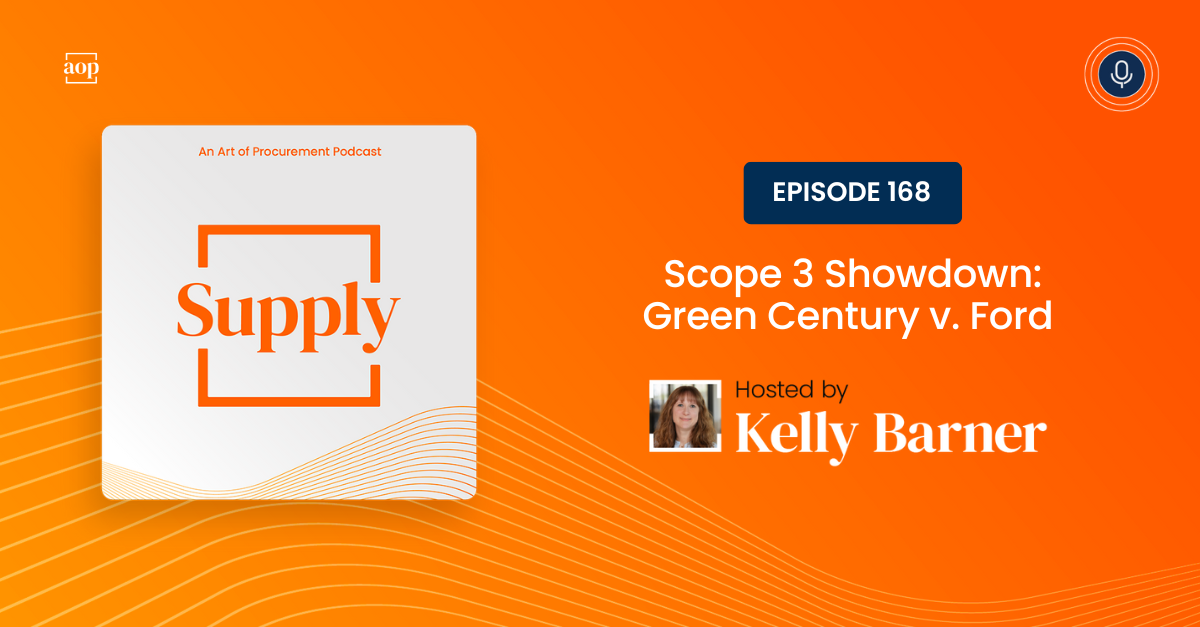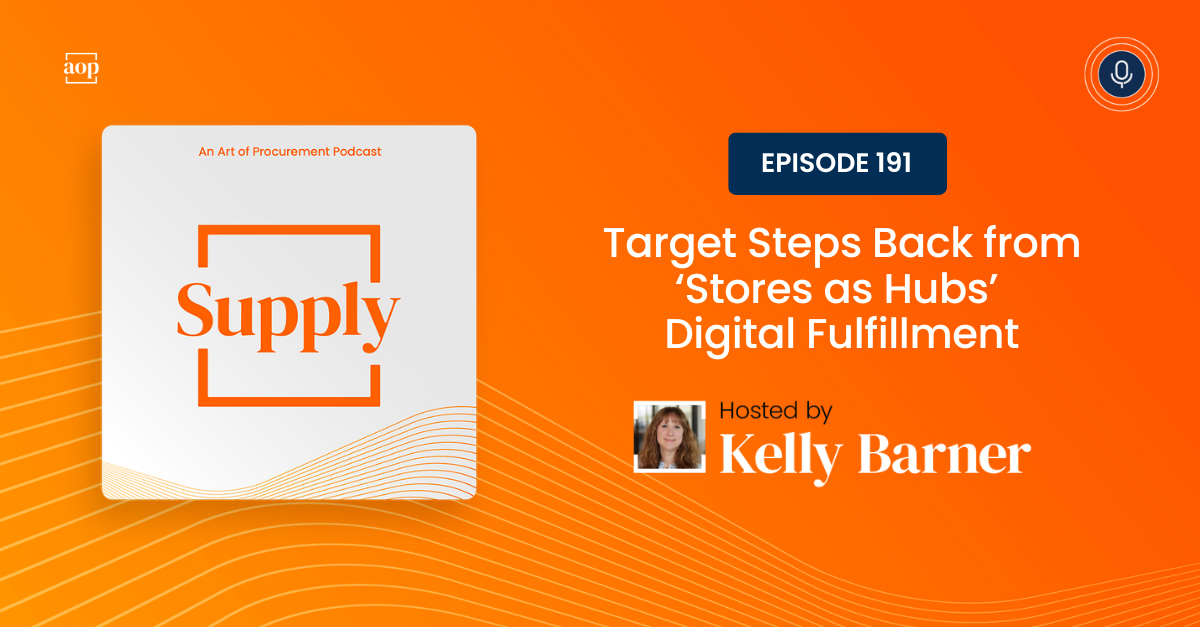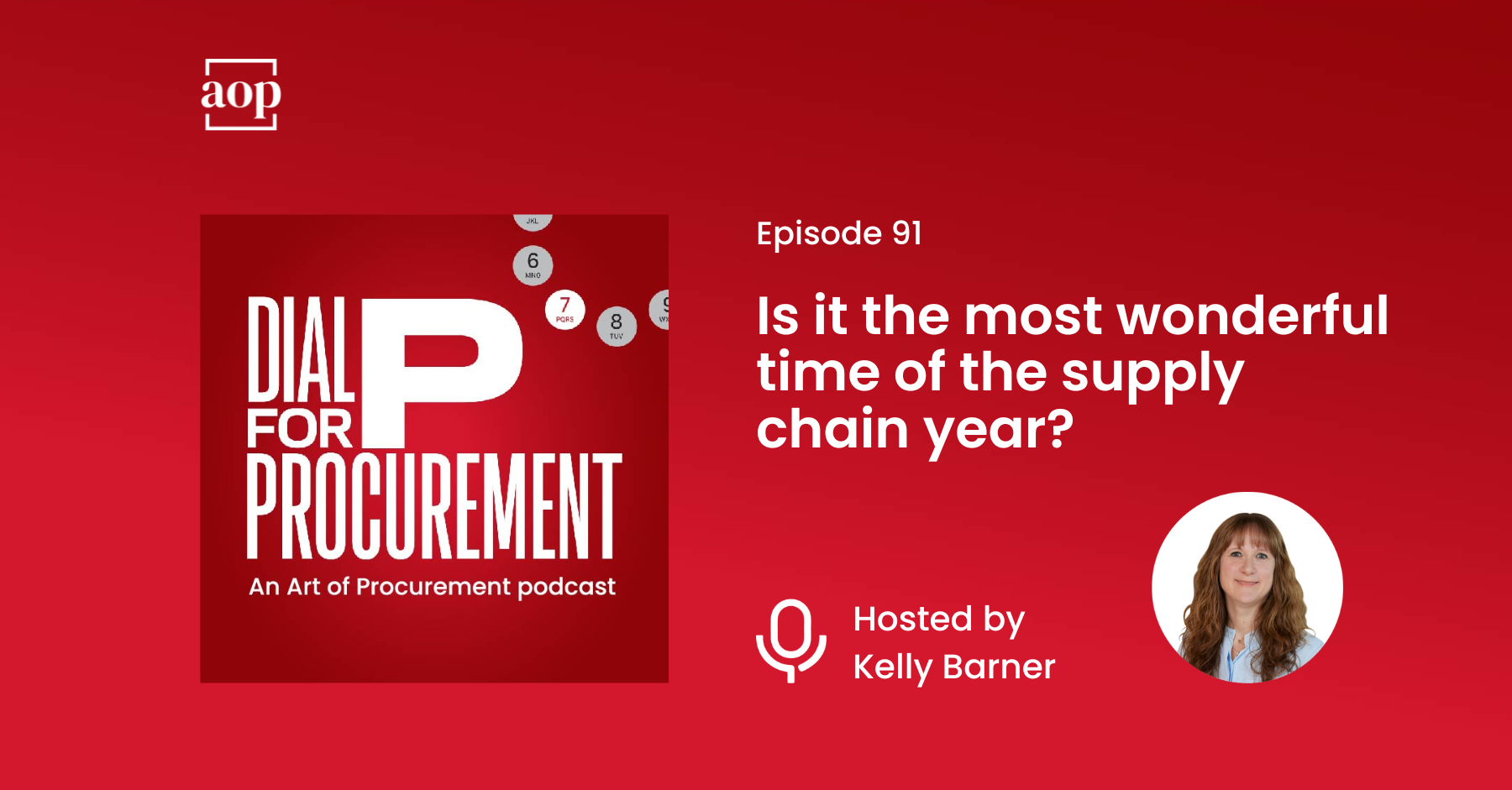
Sustainability is a value lever we’ve been talking about for a long time as procurement professionals, and it is becoming increasingly important. In fact, the U.S. rejoined the Paris Climate Accord on February 19th, a move which will create new environmental requirements for businesses.
The challenge we’ve always had is that we’re ultimately spending somebody else’s money on ‘our’ sustainability initiatives. These programs are usually framed as good practices from an environmental perspective, which is very important, but procurement is not the group actually spending the money. In most cases, procurement hasn’t framed them as initiatives that impact the bottom line, so they remained beyond the capture of most performance metrics.
Sustainability initiatives have often had a PR problem when it comes to trying to get buy in, but we have enough experience to get past this objection. The reality is that the best sustainability initiatives are good old demand management projects; they increase sustainability by reducing demand.
By reducing your organization’s use of a particular resource, procurement can lead the way to becoming a more sustainable organization. Here are a few examples:
- Reducing office energy consumption to become more efficient
- Reducing office footprints, a transition that will be easily achieved by the move to ‘hoteling’ and ‘hot desking’ in the wake of the coronavirus pandemic
- Optimizing freight movements to reduce the miles driven or flown, or adjusting the mode of transportation to one that is more environmentally friendly
- Changing or redesigning packaging specifications, like Procter and Gamble who redesigned their shampoo packaging from large plastic bottles to refillable pouches.
When framing a sourcing strategy for your spend category, look for ways to reduce consumption and drives ongoing efficiencies. These changes are not only good for the planet and for your corporate brand, but they also provide an opportunity to save money. That is the way to get buy-in: demonstrate impact. That will give you the foundation for building a much more nuanced program. Procurement will no longer have to choose between initiatives that are sustainable and ones that have bottom line impact. By demonstrating that sustainability can deliver both bottom-line and environmental impact at the same time, procurement will have a strong foundation to go further.
If you are interested in more about sustainability initiatives from the procurement perspective, check out these seven Art of Procurement podcast interviews. They include:




